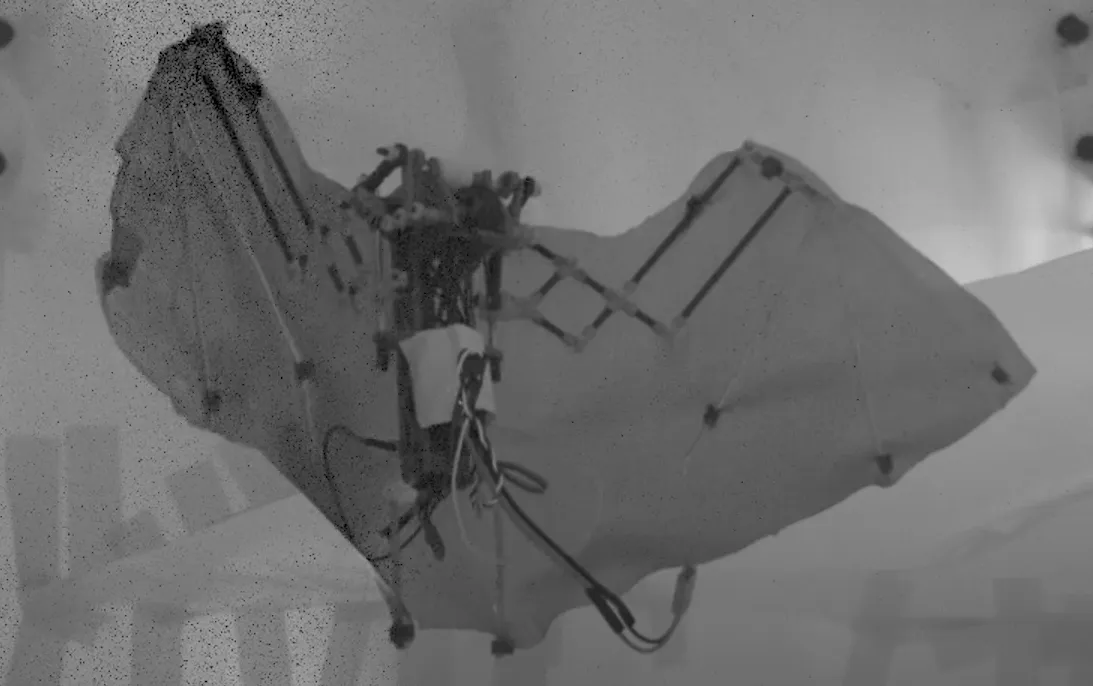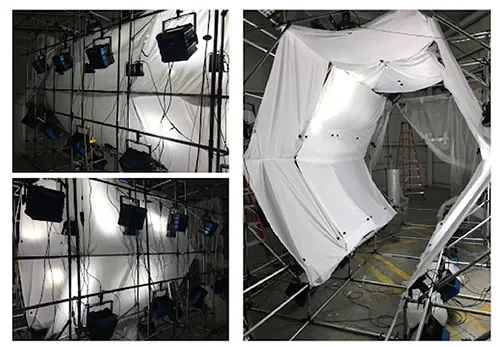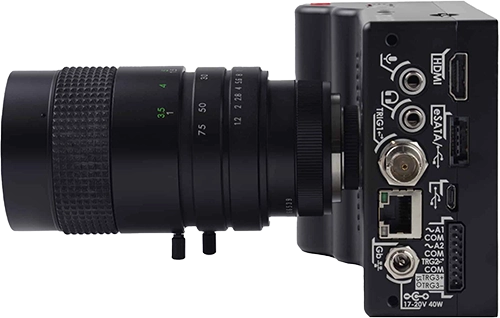Kinematics data helps towards developing next-gen flapping wing drones.
Case Study: Deciphering Bat Flight with Chronos Cameras
Introduction: Nature, with 3.8 billion years under its belt, offers unparalleled designs, structures, and processes. This vast repository, termed ‘bioinspiration’, enables us to derive solutions spanning microscopic to global scales. As the world grapples with intricate problems, turning to biological systems for answers is becoming commonplace.
Spotlight: Biomechanics at Virginia Tech
- Highlights:
- Comprehensive bat aerodynamics data.
- Precise bat flight path mapping.
- 50-camera synchronization.
The Quest for Understanding Bat Flight: Researchers at Virginia Tech delved deep into the biomechanics of bat flight. Their observations painted a holistic image of bat flight, encompassing intricate wing motions and the harmonious blend of sound and movement enabling their aerial expertise.
Why Bats? While fixed-wing drones dominate the filming scene, the future lies in bio-inspired, flapping-wing robots. Bats, nature’s unparalleled fliers and the sole mammals capable of genuine, prolonged flight, hold the key. Their wings, forelimbs transformed with skin membranes, starkly contrast the feathery appendages of birds.
The Brunei Bat Tunnel Initiative: Prof. Rolf Mueller embarked on a mission in Brunei in 2019 to chronicle bat movements. Surmounting challenges posed by the pandemic, he constructed a state-of-the-art motion capture tunnel. Fifty Chronos cameras paired with ultrasonic mics meticulously recorded bat activities for advanced analysis.


Chronos Cameras: The Difference Maker The Chronos 1.4 stood out for Prof. Mueller’s project, blending affordability with superior performance. Capable of shooting at 1069FPS with a 1024×1280 resolution, it enabled capturing minute wing dynamics. Dr. Mueller lauded Chronos for its price point and quality, calling it the perfect fit for their rigorous demands.
AI and Camera Synergy: The project’s linchpin was a deep learning model crafted by Yihao Hu, a senior Ph.D. student. Harnessing the high-resolution, high frame-rate videos, an advanced Graph Convolutional Neural Network (GCNN) AI was trained, pushing boundaries in mimicking bat flight.
Harnessing Chronos Cameras: Synchronizing 50 cameras was no minor feat. A single trigger switch cable streamlined the process. The cameras’ 5-inch touchscreen, coupled with their open-source software, facilitated flexibility, accessibility, and user customization.
Seamless Support from Kron Technologies: Dr. Mueller’s journey was accentuated by Kron’s exceptional technical guidance. From lens recommendations to synchronization methodologies, Kron was instrumental in ensuring success.
References: Links to various academic and news articles, including insights from the University of Melbourne, Northeastern University, Virginia Tech, and more.
About Kron Technologies: Located in Vancouver’s heart, Kron Technologies epitomizes the nexus of affordability and high-speed imaging excellence. Catering to diverse sectors, they are committed to making high-speed imaging a universally accessible tool.
Dive deeper at www.krontech.ca. Watch the groundbreaking videos captured with the Chronos 1.4 here.
Bat Photo by James Wainscoat
